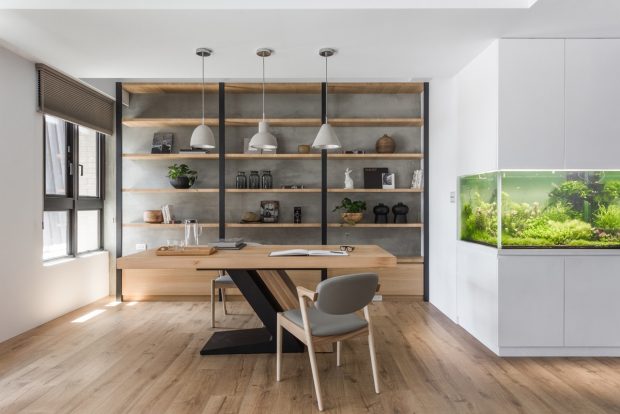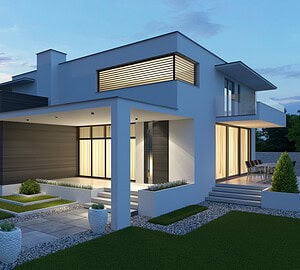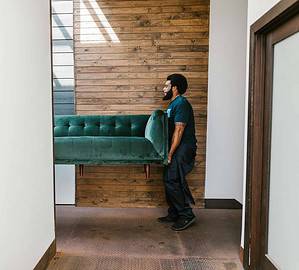The Covid-19 pandemic has resulted in more people working from home than ever before. If you’re among their numbers, you may want to ensure your home office’s design isn’t merely aesthetically-pleasing, but also helpful in terms of boosting productivity and efficiency.

Keep the following tips in mind if so. Whether you’re redesigning your current office or moving to a new one, they’ll help you make design choices that result in a much more productive workday.
Choose a space with natural light
Not everyone has the freedom to choose from a range of spaces when deciding on the specific location of their home office. Your options may be somewhat limited depending on the size of your home and various other factors.
That said, if you do have some degree of choice in regards to which room you’ll be working from, try to choose one with large windows that let in substantial natural light. Research shows that exposure to natural light during the workday improves productivity and overall performance in the average worker.
Add some greenery
Decorating your home office with plants doesn’t just make the space feel more inviting and attractive. Researchers have also found that workers tend to be more productive when their offices feature plants and greenery.
Consider mobile cabinets
The typical home office may not be as large as an actual office. You need to maximize your use of the space without creating so much clutter that you find yourself distracted.
There are various ways to do so. For example, you might consider using a wall-mounted desk instead of a traditional desk. You can also use mobile cabinets that may be tucked under a desk or in a closet when not in use. These are ideal for storing files or other items that you may not need immediate access to every moment, but will typically want fast access to throughout your day or week.
The specific ways in which you maximize the space of your home office will depend on the nature of the space you choose. Regardless, when you have finalized your plans regarding the layout of your home office, strongly consider providing them to a local moving company if you’re moving into a new home office. This will save you time, energy, and frustration, allowing you to focus more on your work.
Use overhead lighting
Many people make the mistake of assuming “brighter is better” when lighting a home office. That may not always be the case. According to the American Optometric Association, the amount of time the average worker’s eyes are exposed to glare from a computer screen can cause significant eye strain, which may in turn affect productivity.
Their recommendation? Instead of installing lighting fixtures that allow light to shine directly in your eyes, use overhead lighting that shines down on any papers or items you may need to see while working. Again, while natural light may also improve your productivity, you might want to face away from it when working.
Prioritize comfort and movement when choosing an office chair
While you naturally want your home office to look pleasant, when it comes to choosing a chair, your focus should be less on choosing something that boasts an impressive visual design and more on choosing a chair that has been designed for maximum comfort and movement. Some research indicates simply using the right office chair can nearly double productivity.
None of this is to say you can’t get creative when making design choices. You should still try to design a home office that aligns with your personal tastes. Just remember that your design choices may also impact how much work you actually get done!



